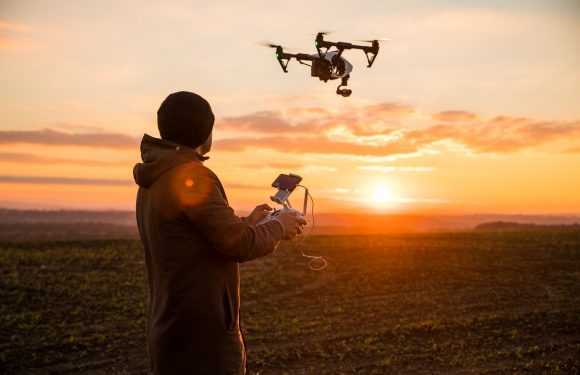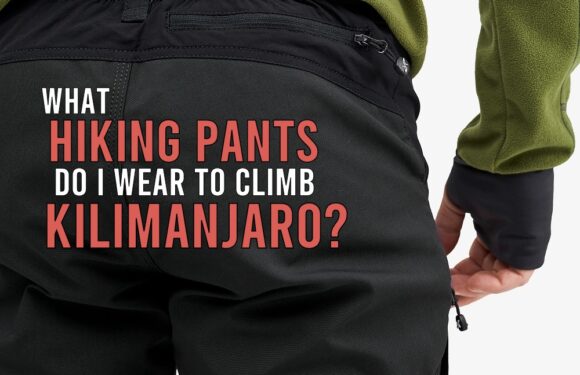Shirts that are made for hiking are pretty different from everyday casual wear. Unlike regular shirts, hiking shirts are made with technical fabrics and have specific features that serve functional purposes when spending time in the great outdoors.
In this article, we’ll discuss what to look for in a hiking shirt for climbing Kilimajaro.
What is a Base Layer?
In the most general sense, a base layer is a piece of clothing that is worn against the skin. So a base layer can be a tee shirt, a long sleeve shirt, or leggings on the bottom. For the purposes of this article, when we say base layer, we are referring to the top you will hike in, or in other words, your hiking shirt.

A proper base layer is integral to staying comfortable on the mountain. They are a very significant part of your gear because they are in direct contact with your body. It needs to function well and feel comfortable through changing outdoor conditions.
The primary purpose of a base layer is to keep the body dry by wicking moisture away from the skin. Base layers also serve other secondary purposes – to protect the body from the elements, especially the sun, and to provide warmth.
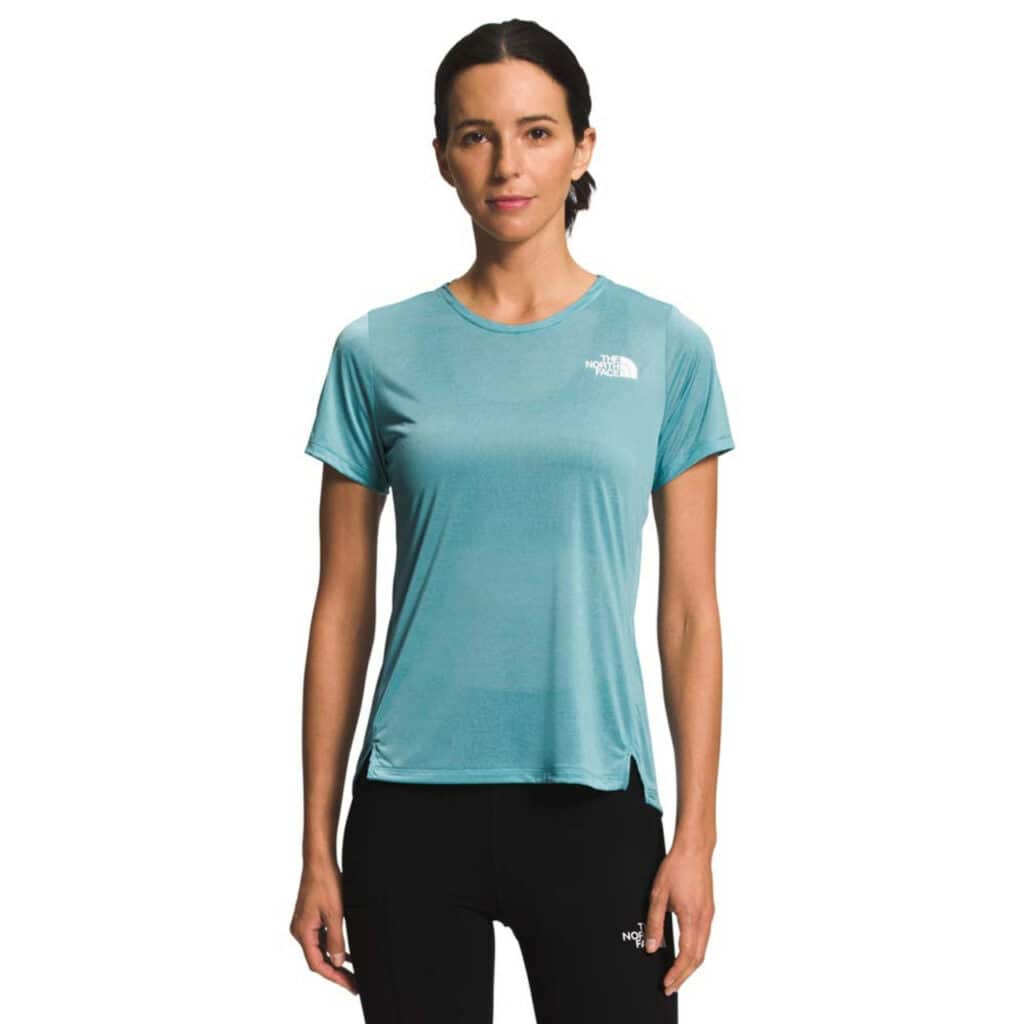
A poor choice of a base layer can lead to minor issues, such as discomfort or chaffing. At its worst, it can contribute to hypothermia.
Base Layer Material
The most important consideration in a base layer is the fabric’s ability to wick away moisture and keep you dry. So let’s first discuss what types of fabrics you should look for. The most common materials for a base layer are polyester or polyester blends and merino wool.
Synethic Base Layers
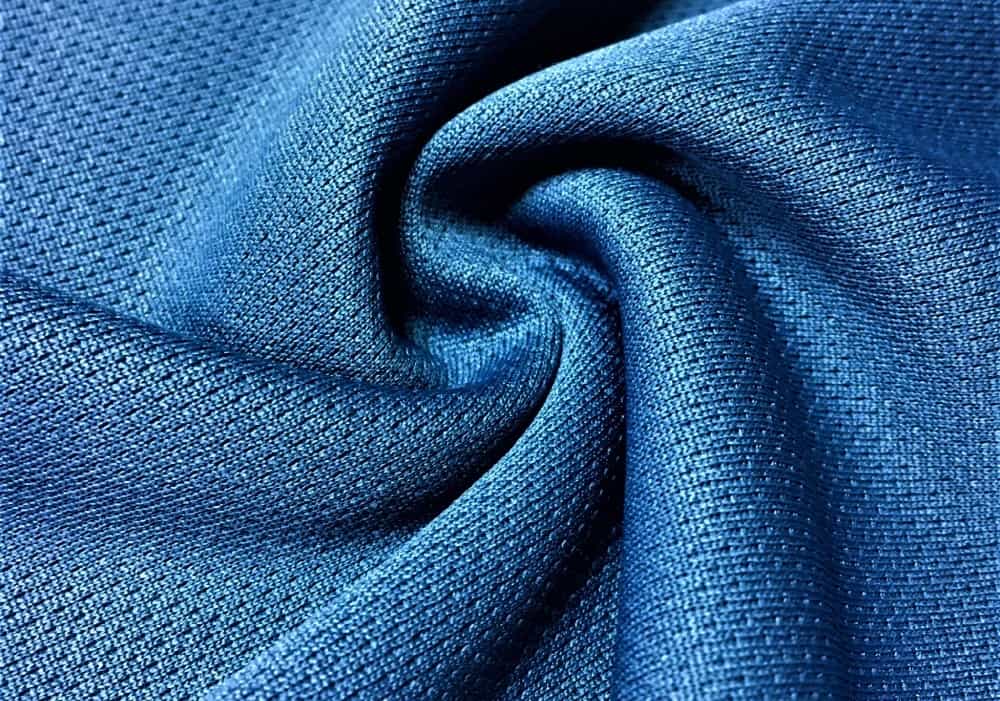
Polyester and polyester blends are synthetic base layer materials. These fabrics are known for their breathability, moisture-wicking abilities, and quick drying properties. The fibers are lightweight, strong and durable, making the fabric somewhat wear and abrasion resistant. Finally, polyester shirts are very affordable depending on the brand.
Merino Wool Base Layers
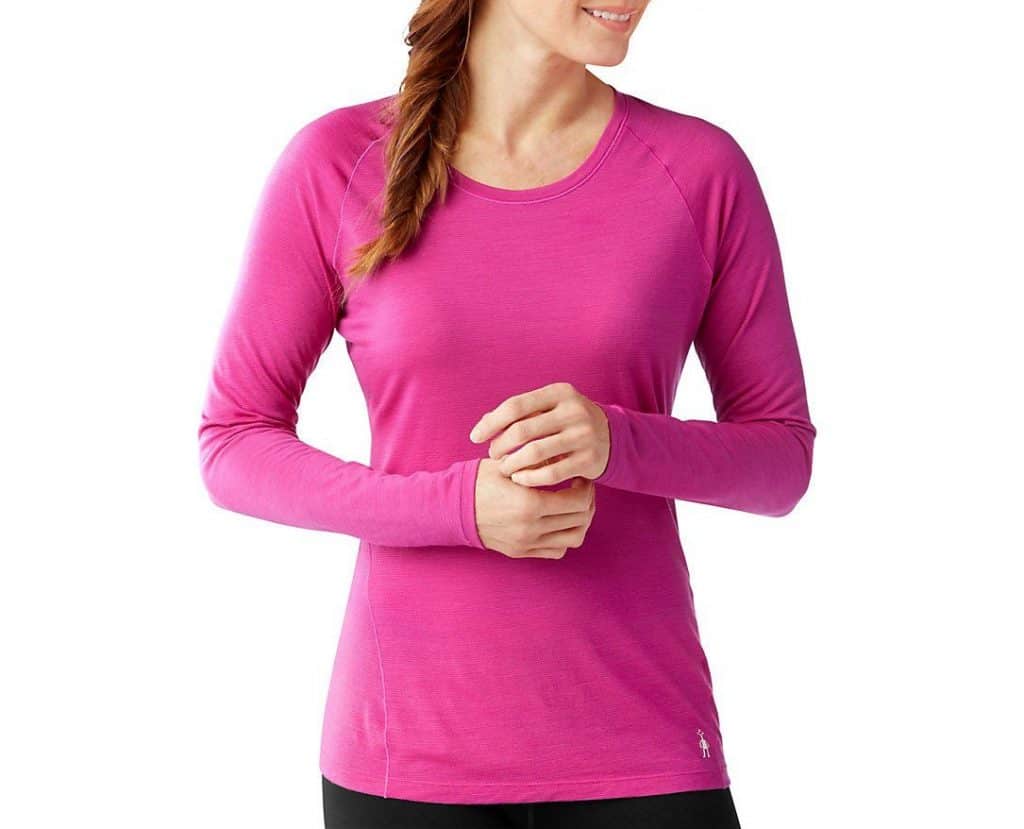
Merino wool is a fine, soft wool that is warm and handles moisture well. It’s not like regular wool that can be scratchy and uncomfortable. Merino wool is a good fabric for hiking shirts because it’s highly breathable, insulates even when wet, dries quickly, and is naturally odor-resistant. The downside is that it is more expensive than synthetic fabric. The smaller the diameter of the wool fiber, the softer it is and the higher the price.
If you’re not familiar with base layers, we encourage you to go to an outdoor shop and try on shirts made of different fabrics. They’re probably all going to work just fine for you, but you might find that you have a preference for one over another.
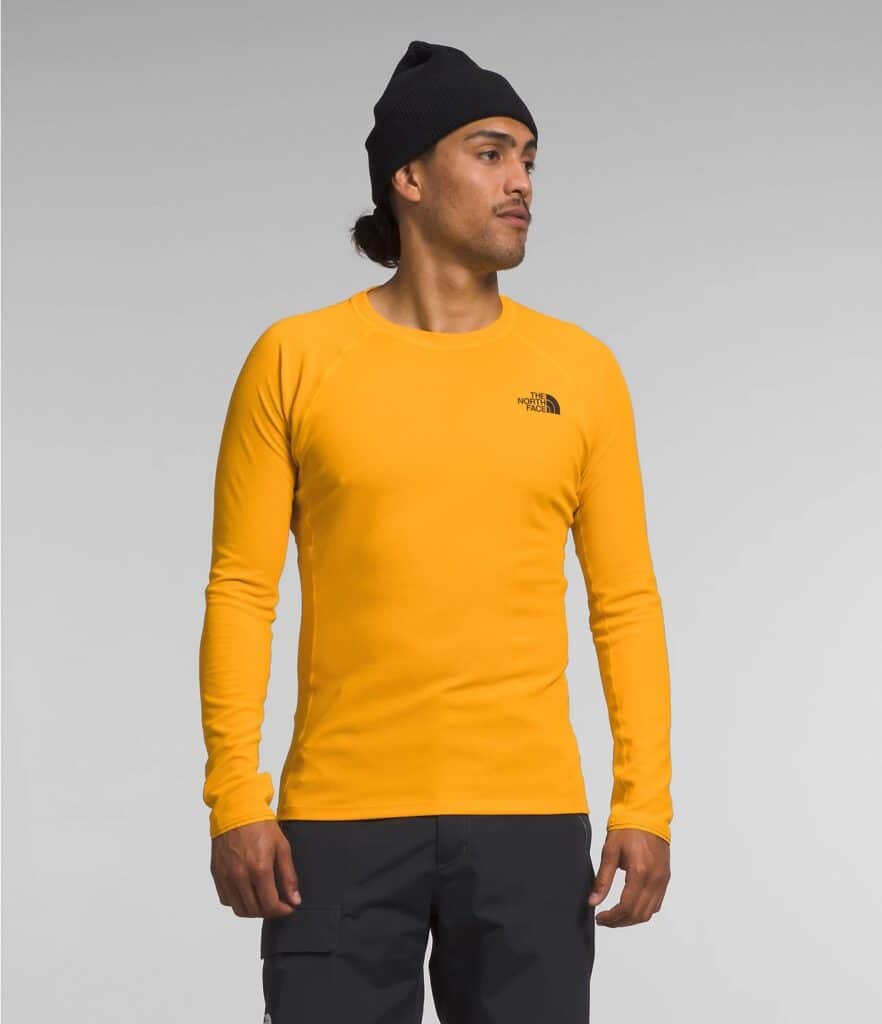
Avoid Cotton
Cotton is a no-no when it comes to hiking clothes. It is super absorbent but dries very slowly, making it unsuitable for use in an outdoor environment. Cotton does not fulfill the fundamental role of a baselayer. It absorbs the moisture from the body, but does not transfer it. Therefore it does not have insulating properties when wet. Instead it holds the moisture in its fibers, against the user’s skin. Wearing cotton will make you colder because of the constant contact with your own sweat. So, don’t bring cotton shirts as your hiking shirts.
Base Layer Weight
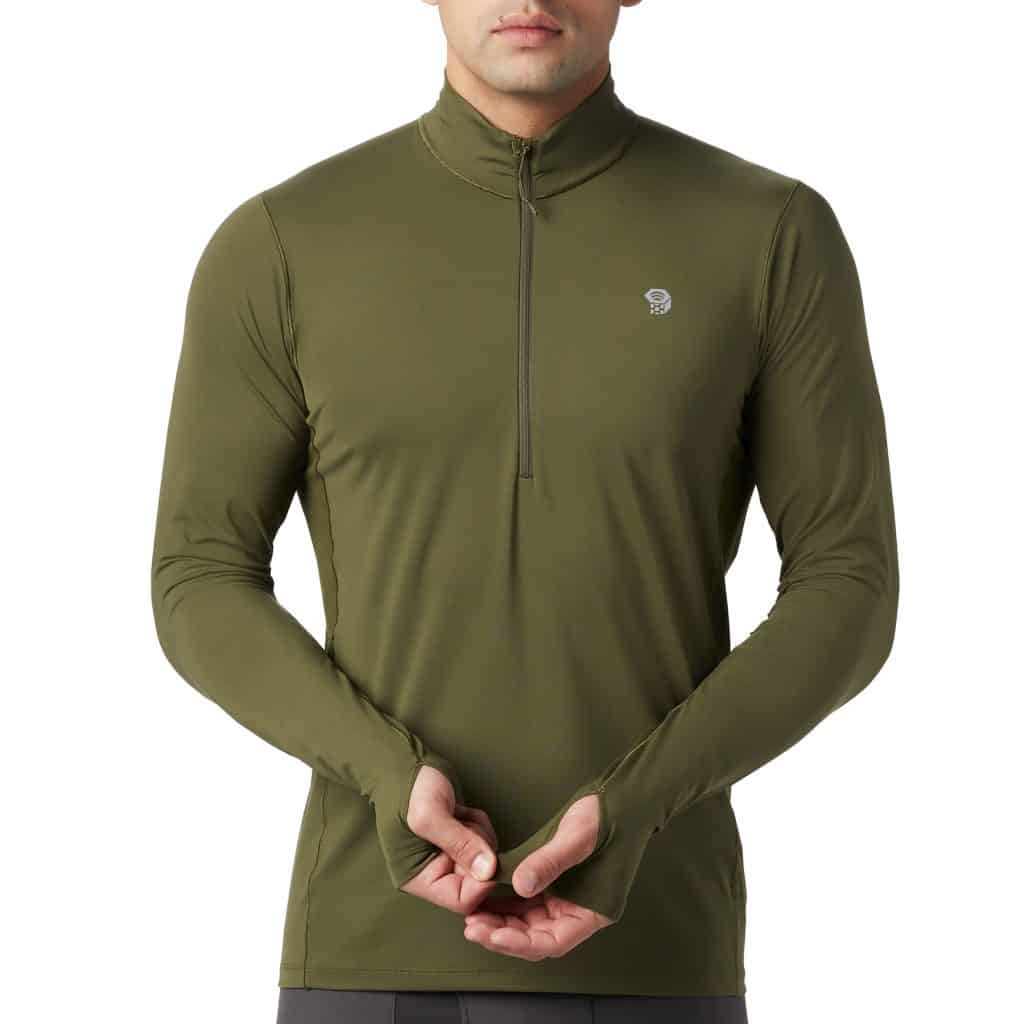
Base layers come in different weights, or thicknesses: lightweight, midweight, heavyweight, and expedition weight.
Each will provide different levels of insulation and moisture wicking properties. As a rule, the thinner the fabric, the more breathable it is, the better it wicks, and the faster it dries. Thicker fabrics are warmer, hold moisture longer, and dry slower. That makes lightweight base layers better at their primary function – to keep you dry – than heavier base layers.
We recommend using lightweight base layers on Kilimanjaro.
Lightweight base layers offer more versatility than mid, heavy, and expedition weight clothing because you can use them everyday, in hot or cold conditions. The additional warmth provided by heavier base layers can be better achieved using midlayers such as a softshell or a fleece jacket.
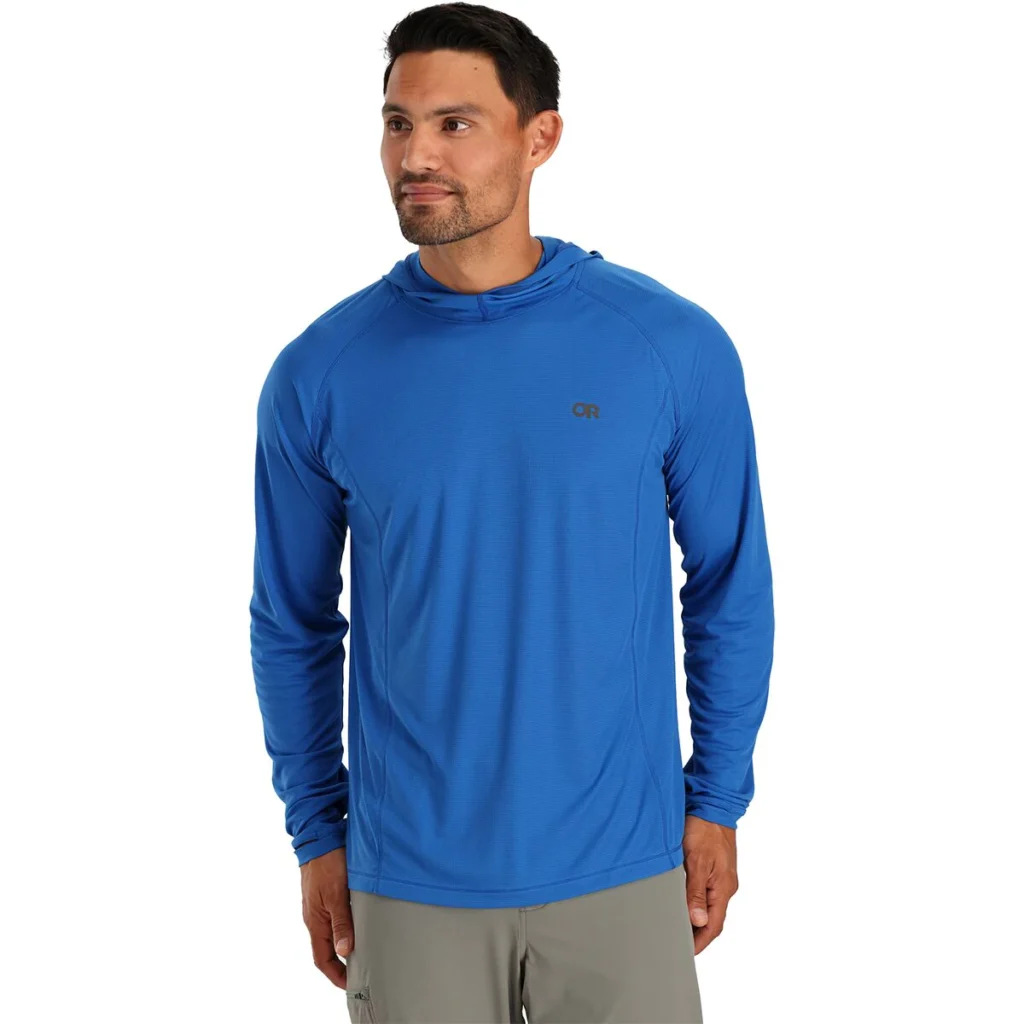
Heavyweight and expedition weight base layers trap a lot of heat, which can make them almost certainly too hot for day to day trekking and possibly even too hot for the summit. It might be hard to imagine, but even in extremely cold temperatures, it is common to overheat while climbing, especially if you are wearing multiple layers. Having a full on sweat should be avoided at all costs as soaking your clothing will leave you feeling cold when you stop moving.
Fit and Coverage
In order for base layers to function, they should fit closely by design. The fabric needs to lay against the skin in order to pick up moisture and transfer it to the surface for evaporation. A loose base layer does not work as well. While your base layer doesn’t have to be skin tight, understand that the more room there is in your shirt, the less effective it will be in keeping you dry.
When it comes to coverage, as a general rule, more is better. Our gear list contains one short sleeve tee but multiple long sleeve tees. You could certainly get by without a short sleeve tee at all and have only long sleeve tops.
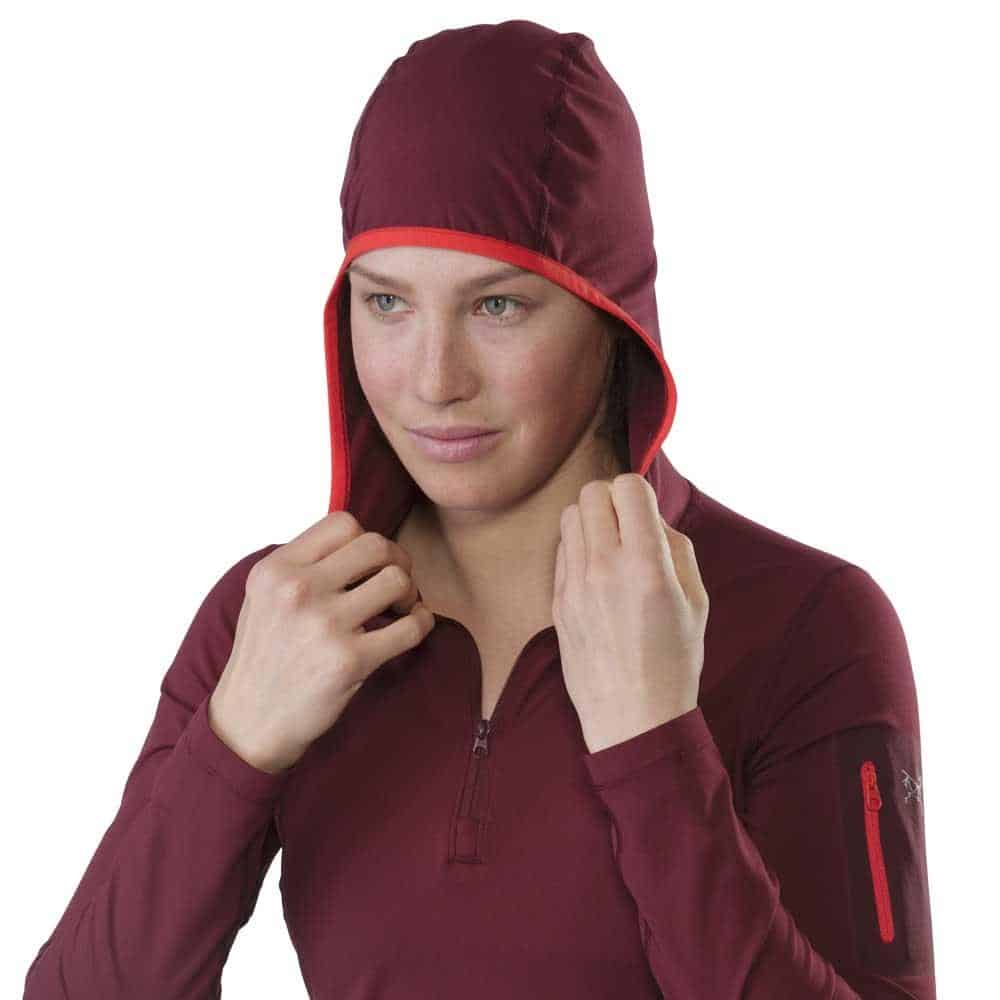
Climbing Kilimanjaro while wearing a tank top, sleeveless shirt, or sport bra and shorts is not wise. Exposing your skin to the elements is potentially draining, sapping your energy that would be better used for recovery or acclimatization.
Ideally, a base layer should cover your body as much as possible. That’s why we highly recommend hooded, long sleeve shirts. Hooded shirts offer the additional option of covering the head and neck. These are standard wear for mountaineering and alpine climbing because they do what they’re supposed to do – keep you dry and shield you from the sun and wind.
Crew Neck, Quarter Zip and Half Zip
Some common types of base layer tops are crew necks, quarter zips and half zips. Though crew necks are the most common and will certainly work on the mountain, we do believe that quarter zips and half zips have real advantages. Quarter zip and half zip shirts allow you to get more or less airflow to regulate your temperature by zipping up or down depending on the conditions.
Currently in style are “monkey thumbs” – a hole in the sleeve meant for the thumb. These sleeves are cut longer to allow for this and usually extend to the knuckles.
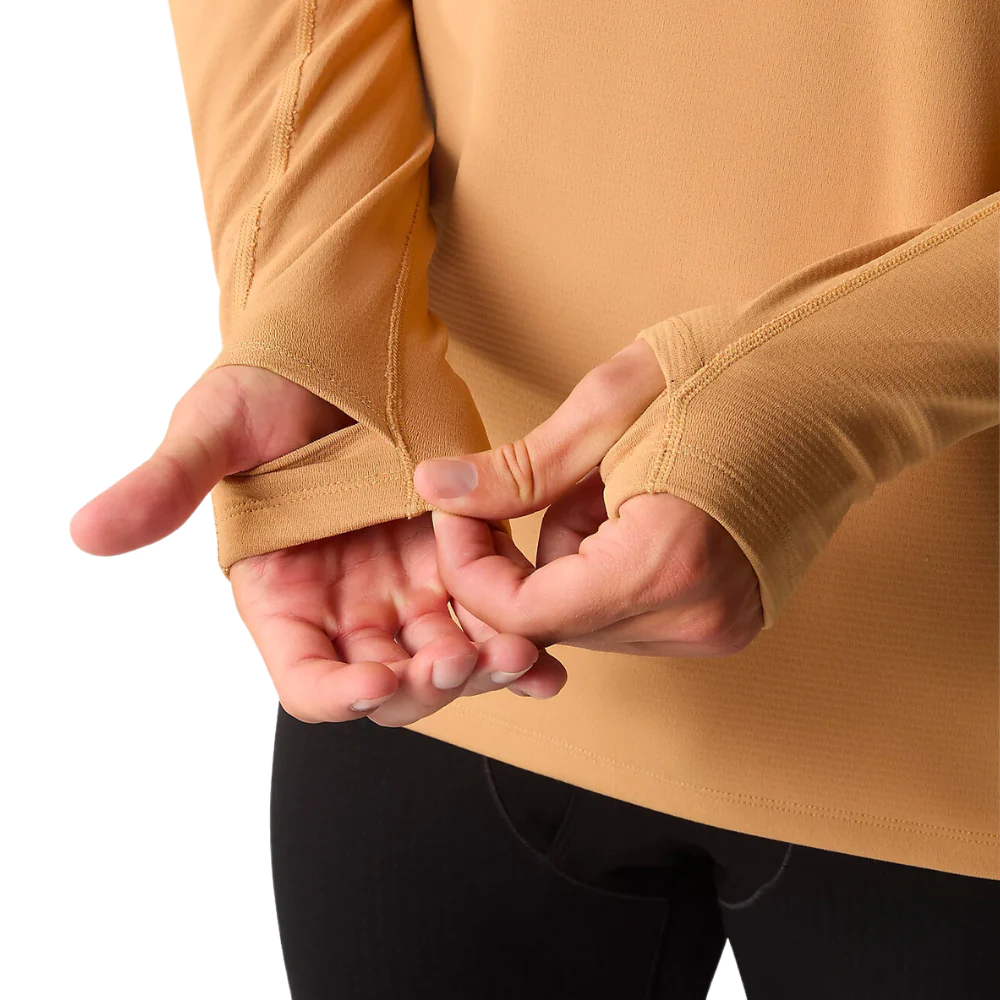
You can find all your outdoor gear at these preferred retailers:
__________















































